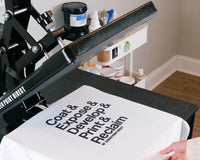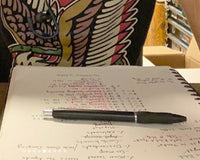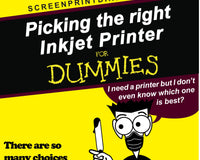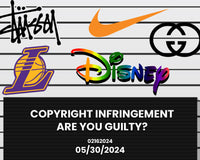Screen printing dip tanks are affordable pieces of equipment that can greatly benefit any printer with a limited budget, floor space, and time. Dip Tanks can help you achieve two core functions in your shop, reclaiming and developing. The compact construction makes them great for small shops that need to be resourceful with every square foot.
At Screen Print Direct® we get a lot of questions when it comes to dip tanks and we get it, dip tanks can be confusing. Have you found yourself wondering how long to leave screens in the tank when developing? How long when reclaiming? Maybe you’re asking yourself what “developing” and “reclaiming” even mean. If this sounds familiar, you’re in the right place! Here we’ll explain both in detail and walk you through the process. Let’s dive in!
What is Reclaiming?

In screen printing, reclaiming is the process of completely cleaning your screen after printing so it can be used again for a new print. This process removes ink and the emulsion stencil off the mesh of your frame.
A washout booth or a dip tank can be used to during the reclaim process to help save time, labor, chemicals and water. Below we break down how to use a dip tank during the reclaiming process in 4 simple steps!
Reclaiming with a Dip Tank
- Remove as much ink as possible from the screen. Also, be sure to remove any tape if any was used on the screen.
- To start reclaiming a screen, you’ll need a 2-in-1 emulsion and ink remover chemical and water to put in your dip tank. We recommend Ecotex® Screen Printing Dip Tank Solution to get the most out of the reclaiming process. Your dip tank and dip tank solution should come with instructions and fill levels. Typically, the solution needs to be diluted 10:1 with water. For example, 30 gallons of water requires 3 gallons of dip tank solution. *However please heed to the instruction given on your purchased dip tank and dip tank solution.
- Next, let the screen sit for a couple of minutes. The goal is to allow the chemical to loosen the ink and emulsion, not to fully remove it in the tank.
- Last, remove the tank and rinse any leftover unwanted emulsion from the screen.
A common question we receive in regards to reclaiming is chemical longevity. How long will your chemical last? The number of screens you place in the dip tank and how long you leave the screens in the tank are factors that affect the chemical’s lifespan. By letting the ink and emulsion fall off in the tank, the chemical’s life span shortens, because it remains active while attacking the ink and the emulsion particles.
It’s like a bear hibernating in the winter. The 2-in-1 chemical hibernates while there isn’t any emulsion or ink to attack. By not letting the emulsion and ink break down in the dip tank, you can extend the life of your chemical.
What is the developing process in screen printing?

It is the beginning process of screen-printing. It is the creation of art that is then transferred into a stencil to be printed onto a medium such as a t-shirt or a poster. The steps include:
- Choosing artwork
- Printing a quality film positive
- Exposing Emulsion with the film positive
- Washing out the image to create a stencil
A dip tank is used in the last part of this process; washing out the image.
How to use a Dip Tank to Develop a Screen:
When developing screens with a dip tank you DO NOT need a cleaning chemical added to the water. When developing you just need a tank full of water only.
- Fill the tank with water up to the fill level, this is indicated on the inside of the tank.
- Place your exposed screens in the dip tank and allow them to soak in the tank for 1-2 minutes.
- Remove the tank and finish washing the screen to reveal your image. That’s it!
Let's Talk
Remember, we are here to help! Drop a comment below or email our support team at info@screenprintdirect.com







